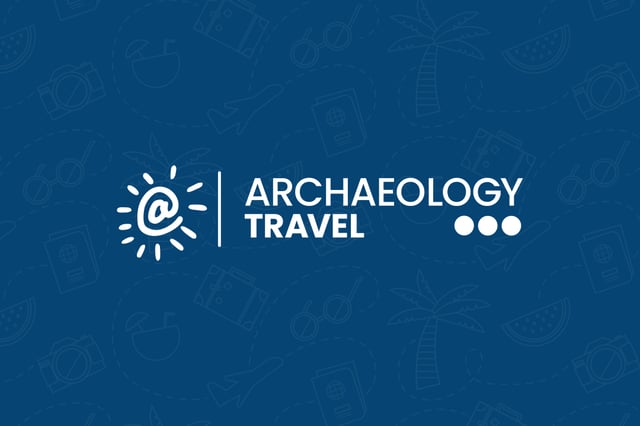Roman Sites & Museums in Wales
The Romans first entered Wales in AD 48, but they experienced considerable resistance from the local Celtic communities. The area that is modern Wales was not intensively conquered as was the case for southern and eastern England. By about 75 AD the Romans established a permanent military base in Caerleon, known then as Isca. For the Romans Wales was important for minerals, including lead, silver and gold. By the early 5th century AD, along with the rest of Roman Britain, Rome’s control over Wales came to an end.
Roman Sites in Wales
Caerleon Amphitheatre
The modern town of Caerleon is built on the remains of a Roman legionary fortress and settlement that was known by the Latin name of Isca Silurum. Located on the edge of today’s town is the amphitheatre, a well preserved example built around 90 AD. Containing 8 entrances, it would have seated about 6,000 spectators eager to watch blood sports and gladiatorial combat. The 12th-century writer Geoffrey of Monmouth alleged that the amphitheatre, because of its shape, was King Arthur’s Round Table. Archaeologists excavated the amphitheatre in 1926.

Caerleon Roman Fortress and Baths
Known at the time as Isca, the town of Caerleon was one of the major hubs for the Roman Army in Britain. Evidence for this can be found at the Caerleon Roman Fortress and Baths, a heritage attraction managed by Cadw. Isca was one of just three permanent legionary fortresses in Roman Britain, and today boasts the only Roman barracks on public display anywhere in Europe. Also on show is the open-air swimming pool, or natatio, in which soldiers would have cleaned themselves, relaxed, and socialised.

Cardiff Castle
Located in the centre of the city, Cardiff Castle is a medieval fortress later transformed into a lavish Victorian fantasy of the Middle Ages. A Roman fort originally stood here before Norman invaders adopted the location for their castle, from which they sought to dominate the Lordship of Glamorgan. The castle repeatedly saw bloodshed amid medieval clashes between Welsh and English and later between Parliamentarians and Royalists. In the 19th century, the architect William Burges oversaw substantial renovations in the Neo-Gothic style.

Museums With Roman Collections in Wales
National Roman Legion Museum
Located in the Roman city of Caerleon, the National Roman Legion Museum explores the world of the Roman Army, with particular focus on the everyday lives of soldiers stationed in Britain. The museum’s collection includes over half a million objects, primarily those excavated from the Roman forts at Caerleon and Usk. As well as part of a reconstructed Roman barracks, the museum boasts a garden containing plants that would have been familiar to people living in Roman Britain. A range of special events take place throughout the year.

Newport Museum and Art Gallery
Founded in 1888, the Newport Museum and Art Gallery displays a range of artefacts pertaining to the heritage of Newport and its surrounding area. With over 60,000 objects in its collection, it tells the story of this region from the Palaeolithic through to recent centuries. Much of its material derives from the Romano-British period, when there was a substantial Roman military presence in this part of Wales. The museum also boasts a nationally important collection of material pertaining to the Chartists, a militant workers’ movement of the 1830s and 1840s.







